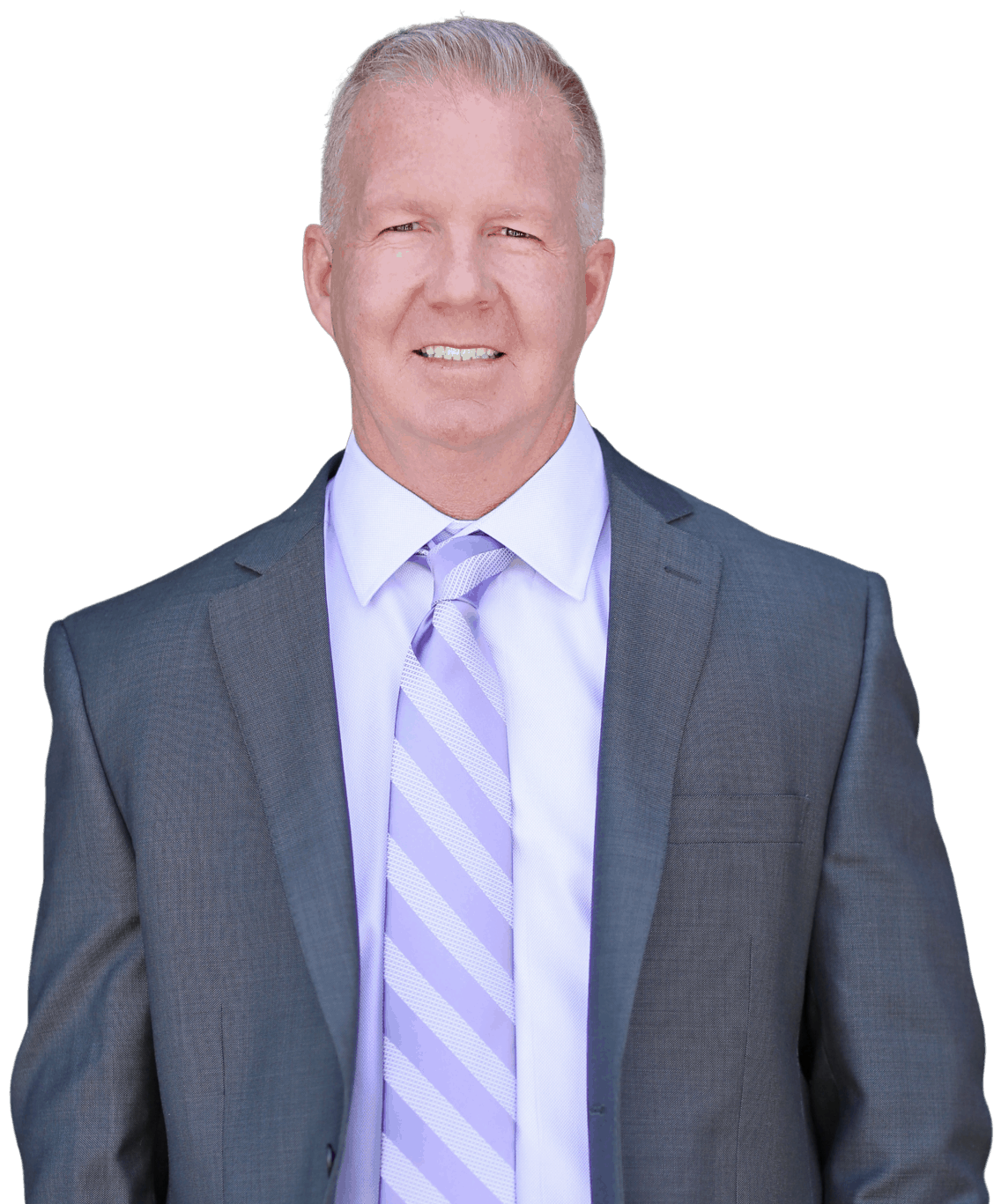
When you’ve been involved in an accident that wasn’t your fault, it is imperative that you take pictures at the accident scene. Luckily, the prevalence of smartphones makes this much easier than it used to be - after all, not many people would routinely carry a camera with them in their car. But now, we can quickly and easily use the camera on our smartphone to get these images captured, and preserve precious evidence that will help the strength of your case.
The evidence you gather after your accident is essential to back your claim of damages. Various types of evidence can be utilized to demonstrate fault, including police reports, the testimony of witnesses to the accident, video camera footage, doctor's statements, and of course, photographs. In fact, the photos you take at the accident scene may prove to be the most valuable evidence you can have.
A picture speaks volumes, as we all know. An insurance adjuster who doesn't believe how bad the accident was, or how severe your injuries are can be shut down immediately by viewing photographic evidence of your claims. If the negligent driver who caused the accident says that there was no damage to your vehicle, you can immediately prove them wrong. A photo can also provide much-needed evidence as to why the accident happened. Weather conditions, skidmarks, a yield sign - as photographic evidence, these images help develop the scenario that occurred at the accident scene.
Simply put, you can’t take too many pictures after an accident.
If you choose not to take photos, know that this is a huge mistake that could place your entire claim at risk. For instance, the insurance adjuster representing the negligent driver’s insurance company may have a difference in opinion on how the accident happened and who was at fault. A lack of photographic evidence places your word against theirs, and this is too risky a situation to place yourself in.
In addition, not taking photos places a lot of stock in your memory of what happened and when. It is not uncommon at all for an accident victim to suffer some memory loss after an accident; after all, it is an extremely traumatic event. You may also find yourself confusing memories, and in the case of your personal injury claim, knowing the facts is essential.
While the most opportune time to take pictures is immediately following the accident, sometimes it’s simply not possible due to the injuries sustained, shock you may be experiencing, or your safety (such as a highway accident where traffic is still flowing).
If you are personally unable to take pictures after the accident, you can ask someone else to take them who is there at the accident site. You can call a friend or family member to see if they are able to drop what they're doing and come out to the accident site. If the accident occurred at a busy intersection, there might be traffic cameras that have recorded the incident.
You can also legally request the photographs that have been taken by the at-fault driver, police officers or investigators who were present at the accident site, or witnesses. It is important to record contact information of these individuals when possible so that your attorney may track them down and request accident scene photos if you are unable to take them yourself.
In short - when taking accident scene photos, you should make sure that you capture every detail that you can. Keep in mind that the following list of what to photograph will build the most solid evidence in your favor, and that will help the strength of your claim:
As you’re taking the photographs, remember that you’re trying to create a “big picture” of how and why the accident occurred and the results of the crash, both in physical damage to you and property damage to your vehicle. The close-up shots you take will support this big picture.
The quality of your photos matters a great deal. Photographic evidence does no good if it is blurry or fuzzy. Most smartphones have auto-focus, so this isn't as much of a problem as it has been in the past but be aware that your hands may be shaking, and it might pay to support your smartphone on something solid while taking the necessary photographs. Take photos from different angles, different distances, and different perspectives. Panoramic shots are helpful too in creating an overall image of the accident scene. Here are a few additional tips for taking quality photos:
Of course, your safety should always come first. Seek medical attention for yourself and other victims if it is immediately necessary.
If you have been the victim of an auto accident that wasn’t your fault, we invite you to contact our office for a free, confidential consultation where we can assess your claim and give you an estimate of it’s worth as well as how long it may take to recover compensation. You can contact us at (916) 788-7100 or via our online contact page.